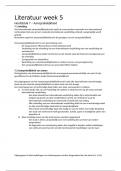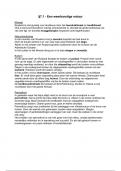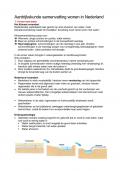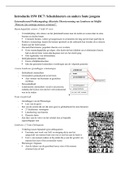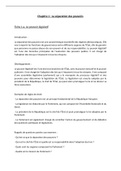Resume
Samenvatting - Interculturele Pedagogiek (PABA2053) Plus aantekeningen colleges
- Cours
- Établissement
Een complete samenvatting van alle artikelen en colleges van het vak Interculturele pedagogiek. Bevat plaatjes, overzichtelijke indeling van de tentamenstof per college. Het is geschreven in een mix van Nederlands en Engels. Heb er zelf een 8 mee gehaald op tentamen.
[Montrer plus]




